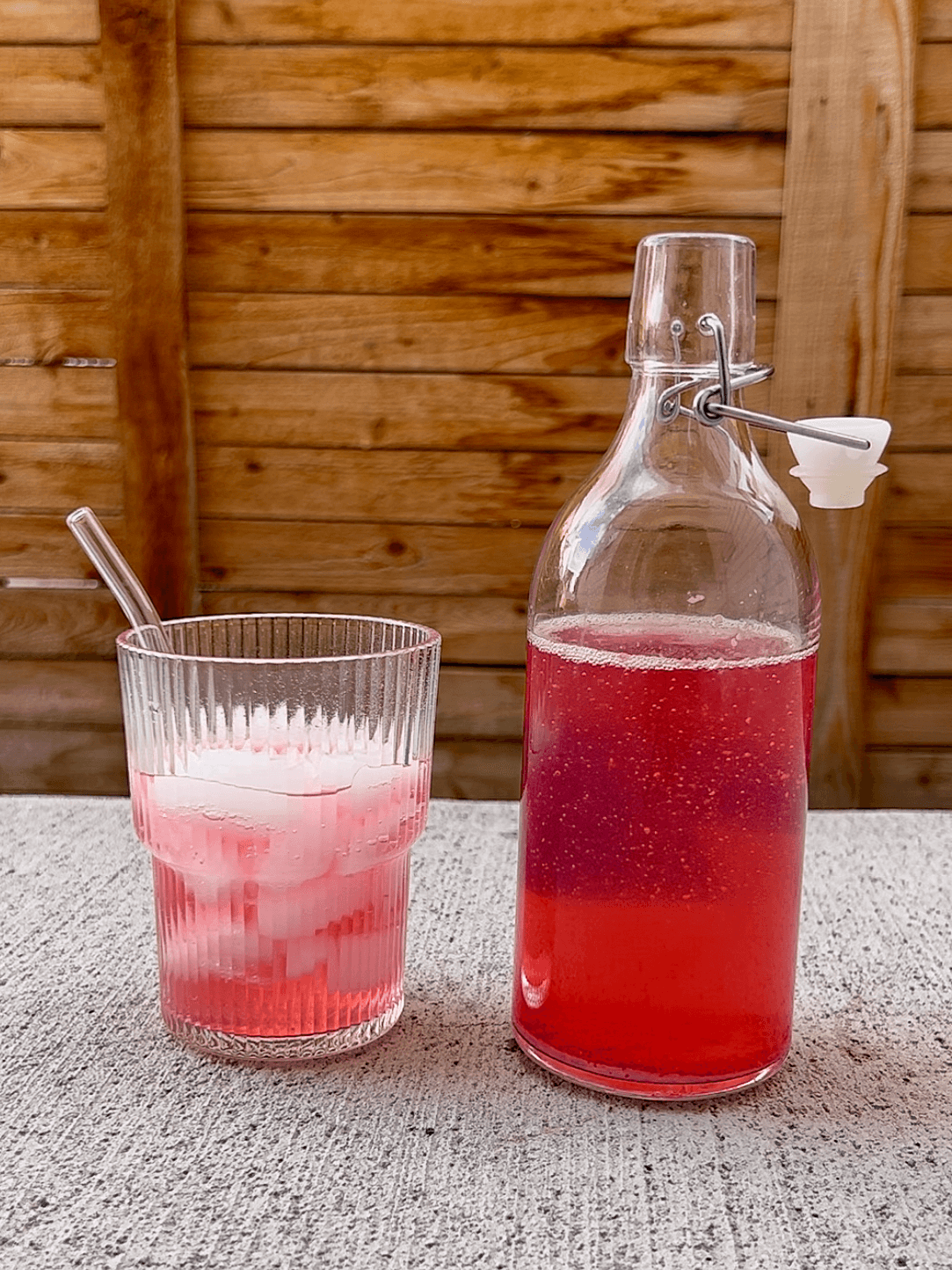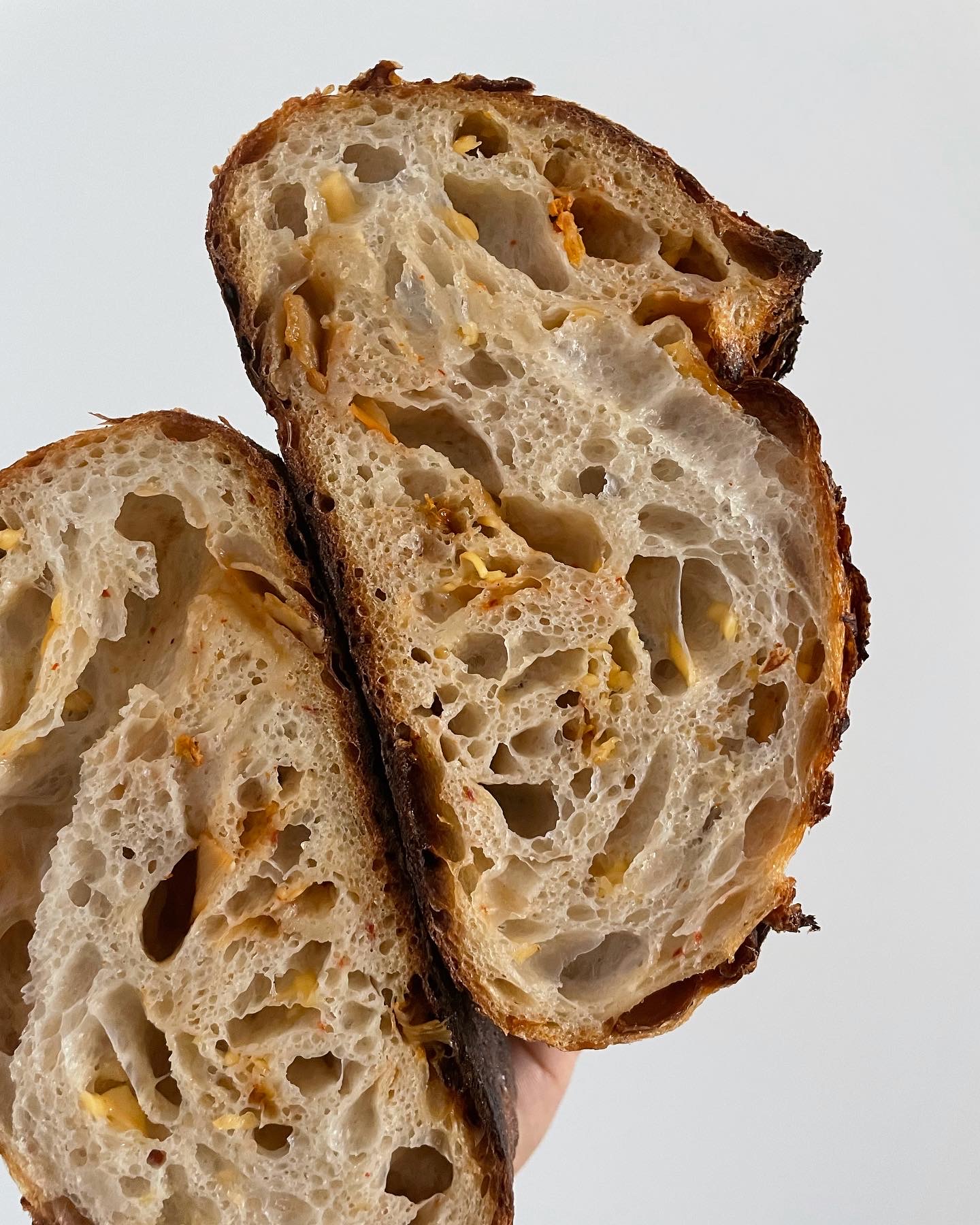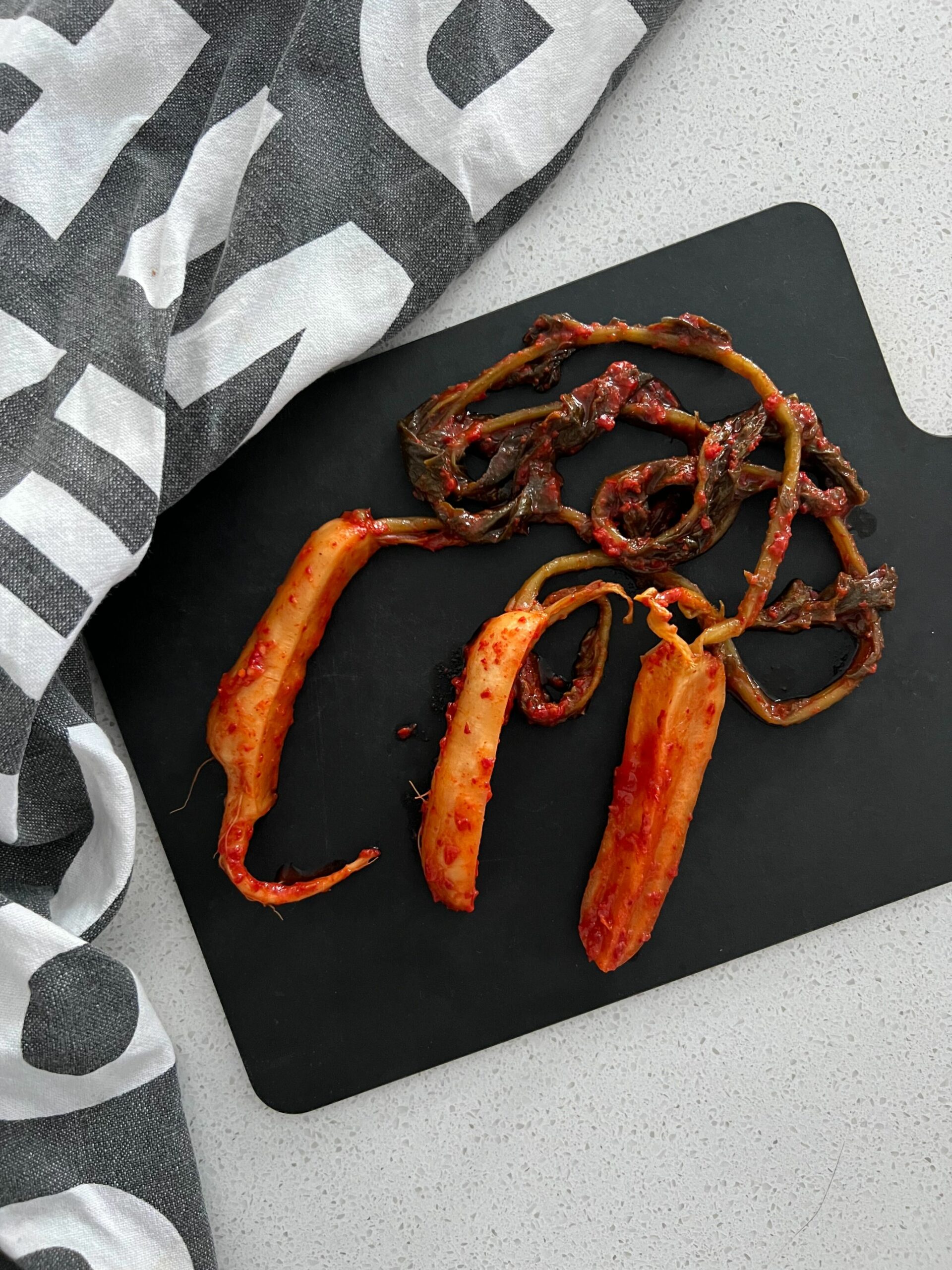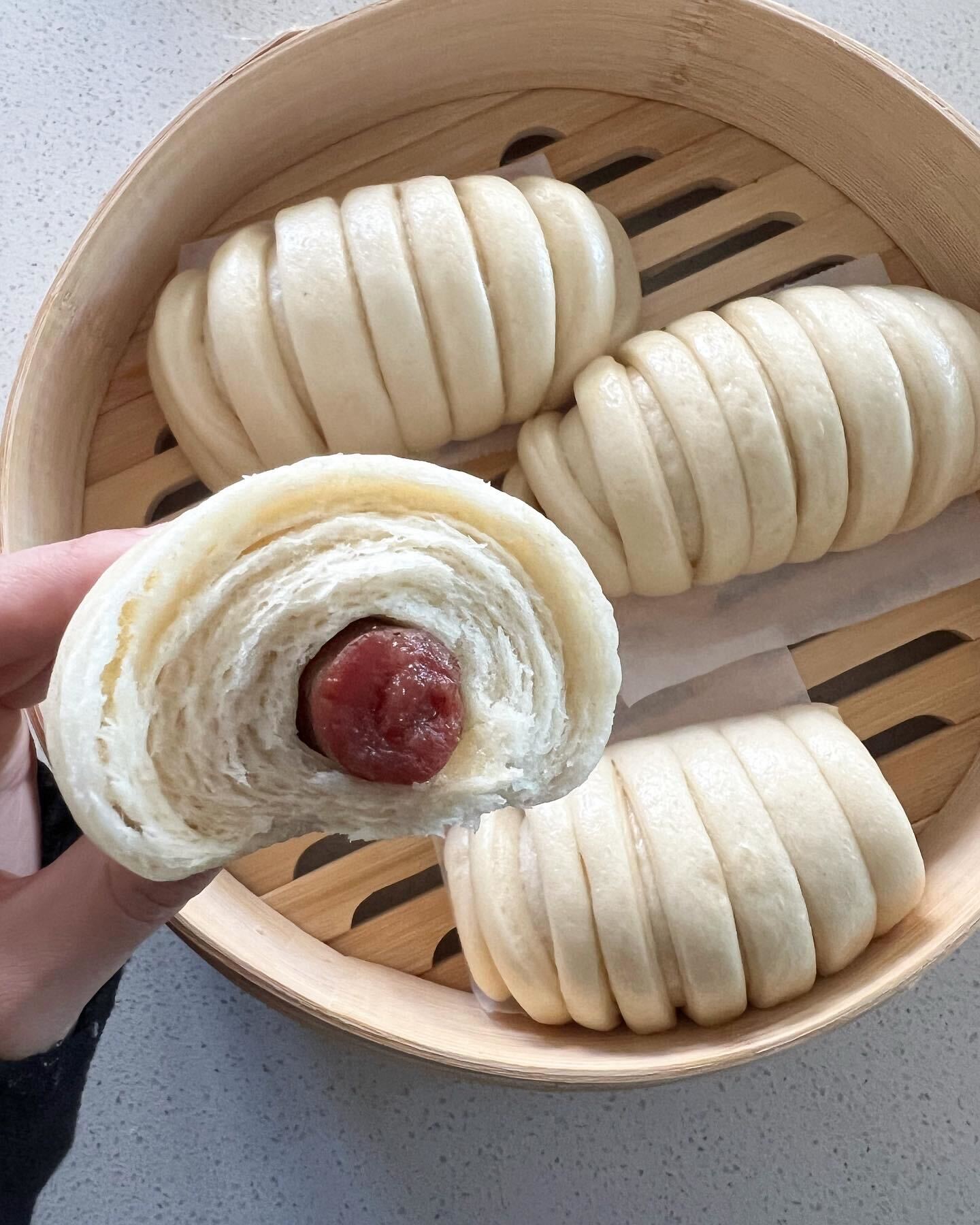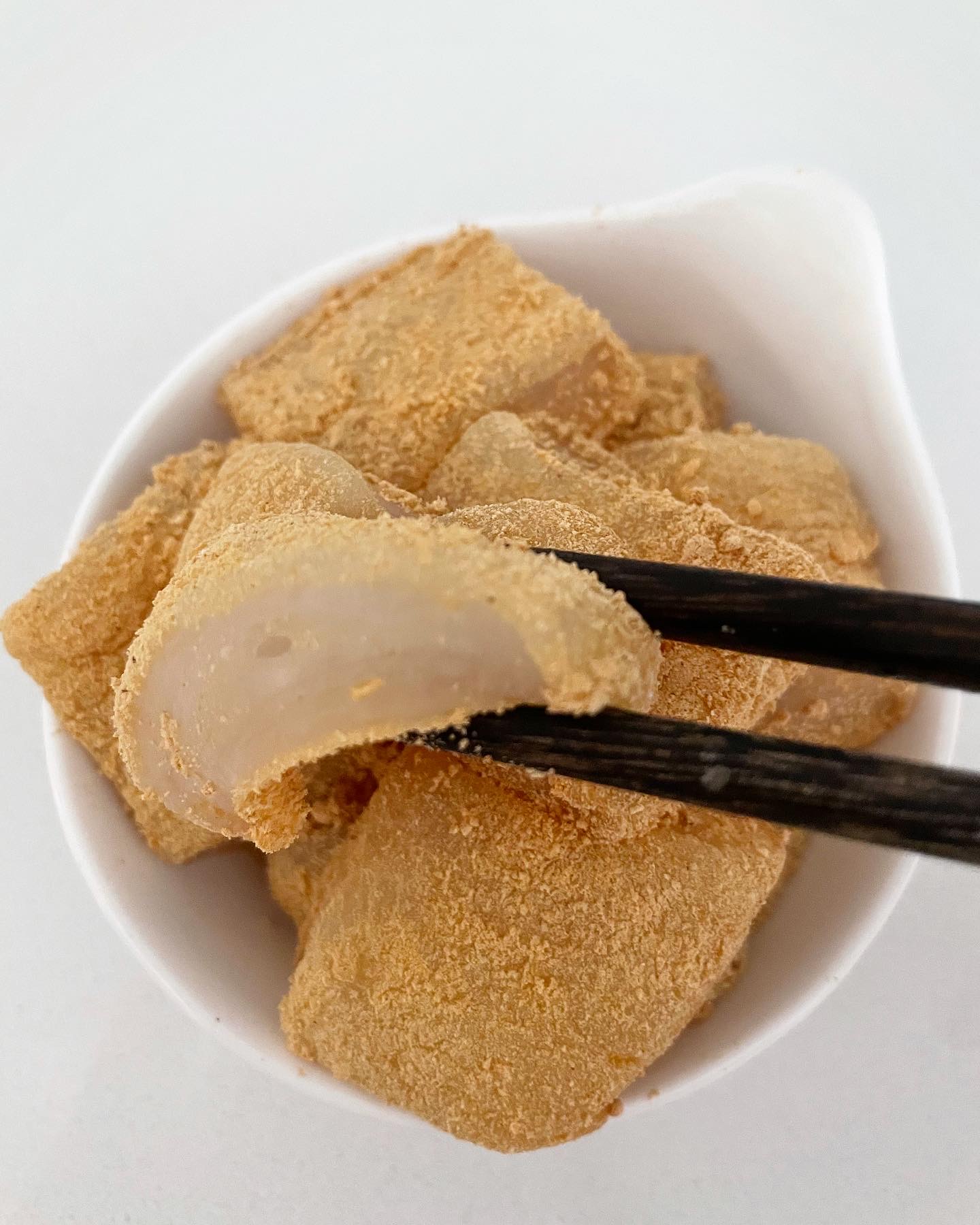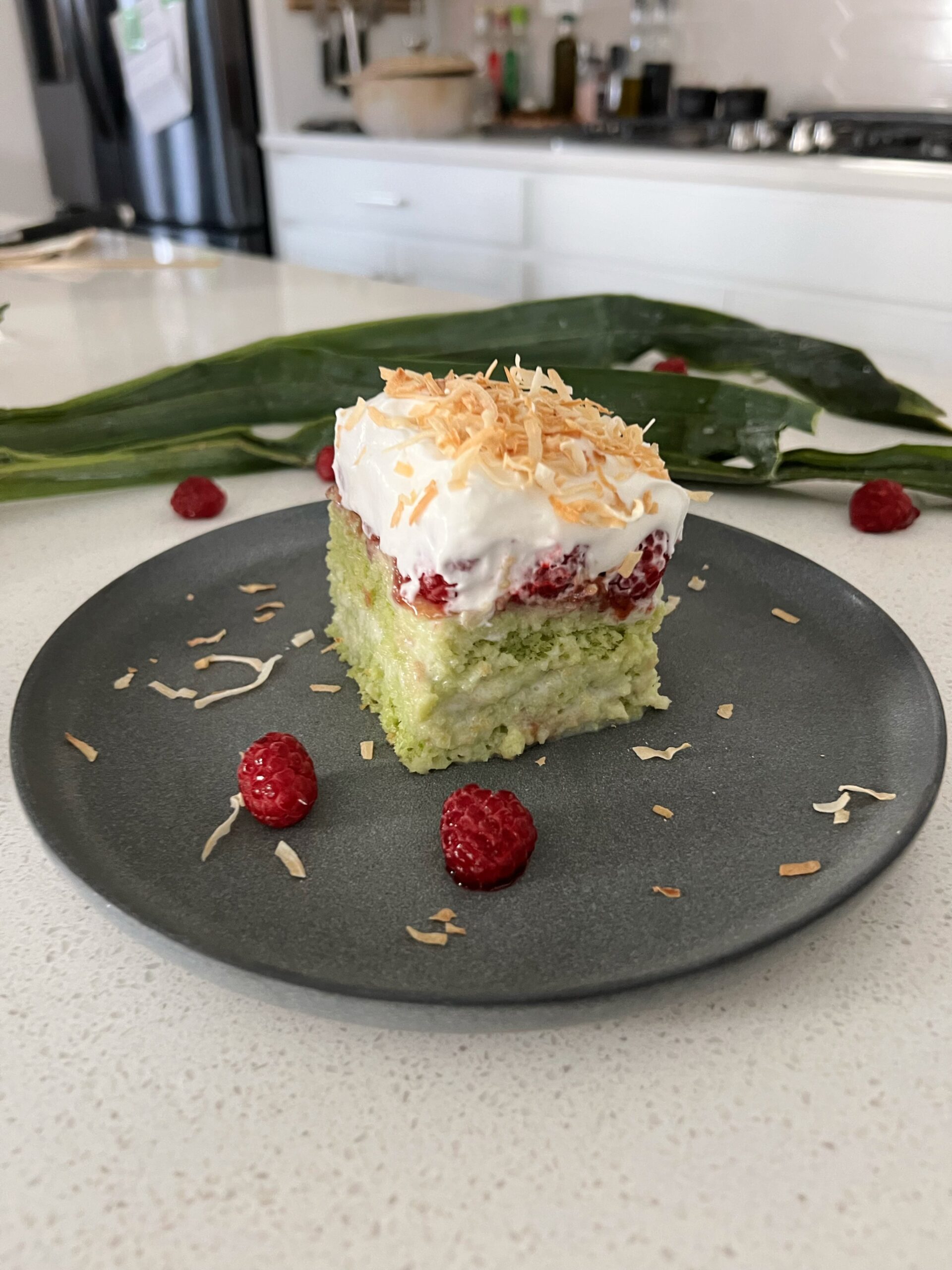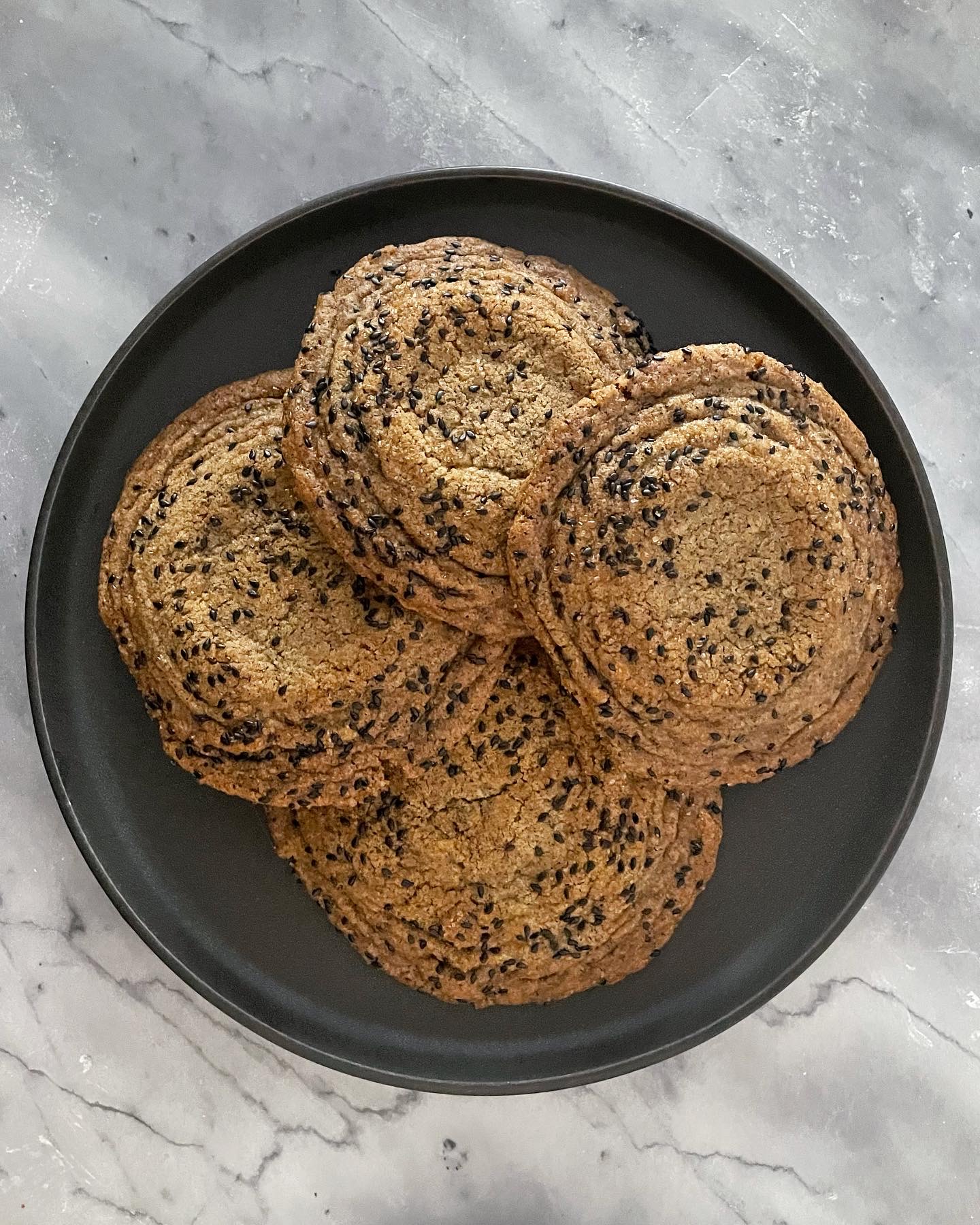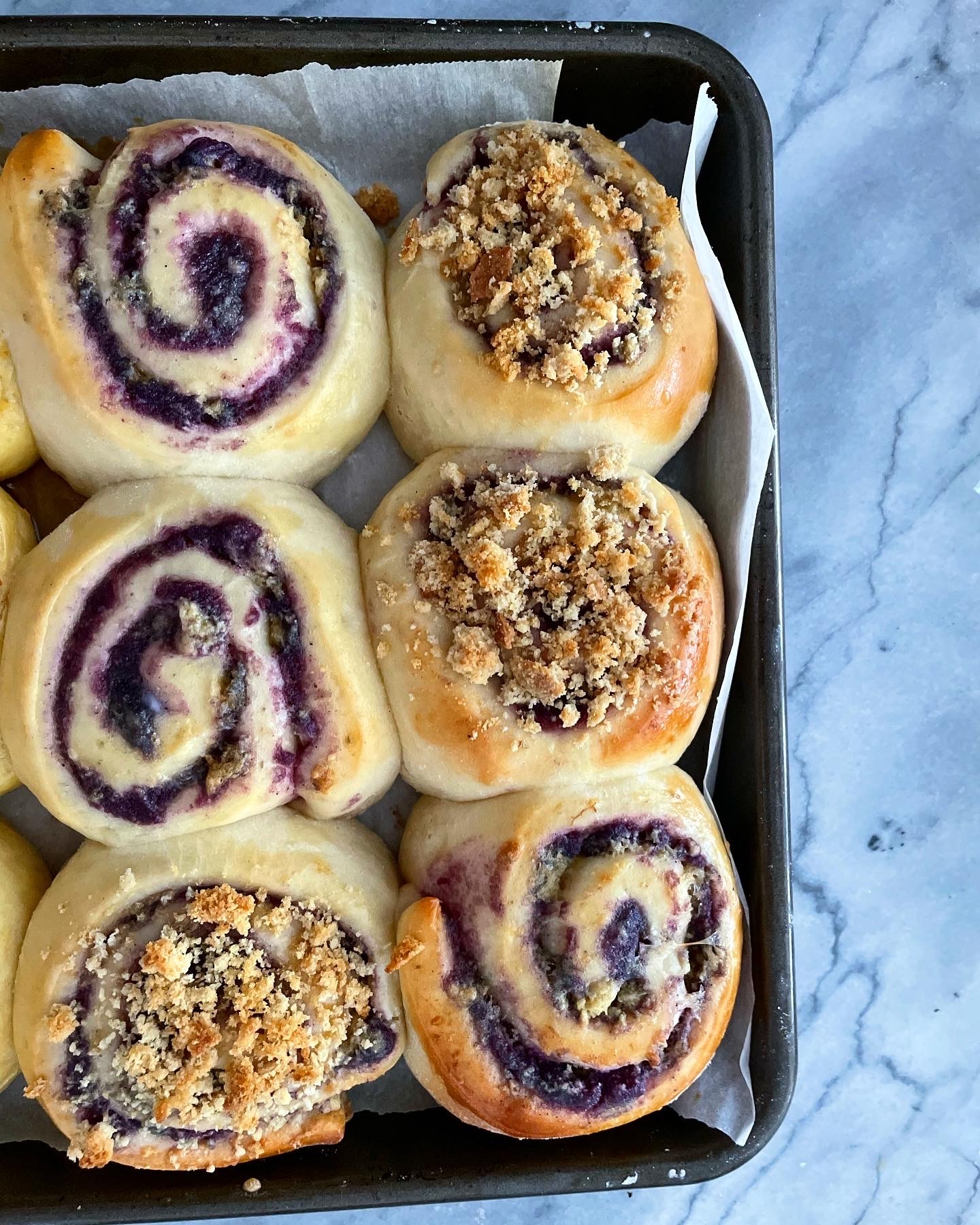This year, I’ve been diving into different methods of making homemade sodas. Some of these methods require special starters, like a ginger bug, sourdough starter, or SCOBY, which can be a bit intimidating if you’re just starting out. But one of my absolute favorite approaches is the “tepache method”, a super accessible and beginner-friendly technique for naturally fermenting soda.
If you’re not familiar with tepache, it’s a naturally fermented and carbonated beverage made from pineapple peels, water, sugar, and spices. The magic behind it is that the natural yeasts on the skin of the pineapple peels consume the sugars in the mixture, converting them into alcohol and carbon dioxide (CO2). It’s the CO2 that gives tepache its delightful effervescence, or “fizz.”
After experiencing the magic of tepache, I became curious: do other fruits also have natural yeasts on their skins that can lead to a bubbly, fermented beverage? I decided to experiment, starting with persimmons. Going into it with zero expectations, I was amazed when it actually worked! The result was a tart, fruity and naturally fizzy persimmon soda, and you can find that recipe here.
Riding high on the success of that experiment, I couldn’t wait to try the same technique with grapes. I experimented with both green and black grapes, and the results were fantastic! The natural sugars and yeasts in the grapes create a beautifully refreshing, tart, and lightly carbonated soda. Personally, I’m especially fond of the black grapes — the pigments in the skin imparts a stunning pink color to the soda, making it not only delicious but visually striking as well.
So, if you’re ready to try making your own natural grape soda at home, here’s how you can do it:
How to make natural soda:
🧬 Ingredients
- 150g black grapes
- 600g water
- 15g sugar + more sugar to taste
⚙️ Equipment
- kitchen scale
- 32oz mason jar
- Muddler or wooden spatula (to mash the grapes)
- paper towel or coffee filter
- rubber band
- 1/2 liter flip-top bottle
- funnel
- strainer bag or cheese cloth
- ladle
📝 Process
Step 1: Setup
- Place a a sanitized 32oz mason jar on top of a kitchen scale and tare it
- Add the whole grapes to a mason jar and gently mash them using a muddler or wooden spatula to release their juice. Once mashed, add sugar and fill the jar with water. Stir the mixture ensuring that the sugar has fully dissolved.
- Cover the opening of the jar with paper towel and secure with a rubber band.
Step 2: Fermentation
- For the next 3 days, stir the mixture twice a day to promote fermentation. This is important since we are not weighing down the persimmon scraps, so stirring prevents any pieces from being exposed to air too long. By the third day you should see quite a bit of foamy bubbles.

Step 3: Carbonation
- Attach a funnel to a 1/2 liter flip-top bottle. On top of the funnel, place a strainer bag or cheese cloth.
- Using a ladle, carefully scoop the liquid from the mason jar, avoiding the solid pieces, and pour it through the strainer bag positioned in the funnel. Continue straining until you’ve extracted all the liquid into the flip-top bottle.
- Try the soda. If you prefer your soda more sweet, you can add more sugar. Secure the top of the flip-top bottle and let the soda ferment at room temperature for 2 days. Then, transfer it to the fridge to continue to ferment for about 3-5 days.

- Taste the soda to see it reaches your desired carbonation level, if has not, let it continue to ferment in the fridge for a couple of days. Please note that the fermentation time varies drastically depending on the ingredients used and the environment.
Step 4: Enjoy!
- Once the soda has reached your desired level of carbonation, it’s time to enjoy! Like other sodas, it’s best served cold or over ice.
- You now also have a grape starter culture. You can use this starter to jump start your next batch of natural grape soda (it will help cut the fermentation time) or you can use it as a culture for your next flavored soda.

Products to help make your natural fermented soda journey a success!
Flip top bottle

These bottles are ideal for naturally fermenting soda because they can hold pressure generated by carbonation during fermentation. The airtight seal prevents contamination while allowing some gas to escape, which helps in achieving the desired carbonation levels.
Strainer bag

During the fermentation process, a strainer is used to remove any solid ingredients, such as fruit pieces or herbs, from the liquid before bottling. This ensures a smooth texture in the final soda and helps prevent sediment buildup in the bottles.
Funnel

When bottling soda, a funnel is used to pour the fermented liquid into flip-top bottles, ensuring that the soda is transferred neatly and without mess. It also helps to avoid introducing air, which could lead to oxidation.
Kitchen scale

A kitchen scale is essential for accurately measuring ingredients like sugar or fruit before fermentation. Precise measurements help control the fermentation process and carbonation levels, ensuring consistent results in the final product.
Looking for more fermentation projects? Check these recipes out:




